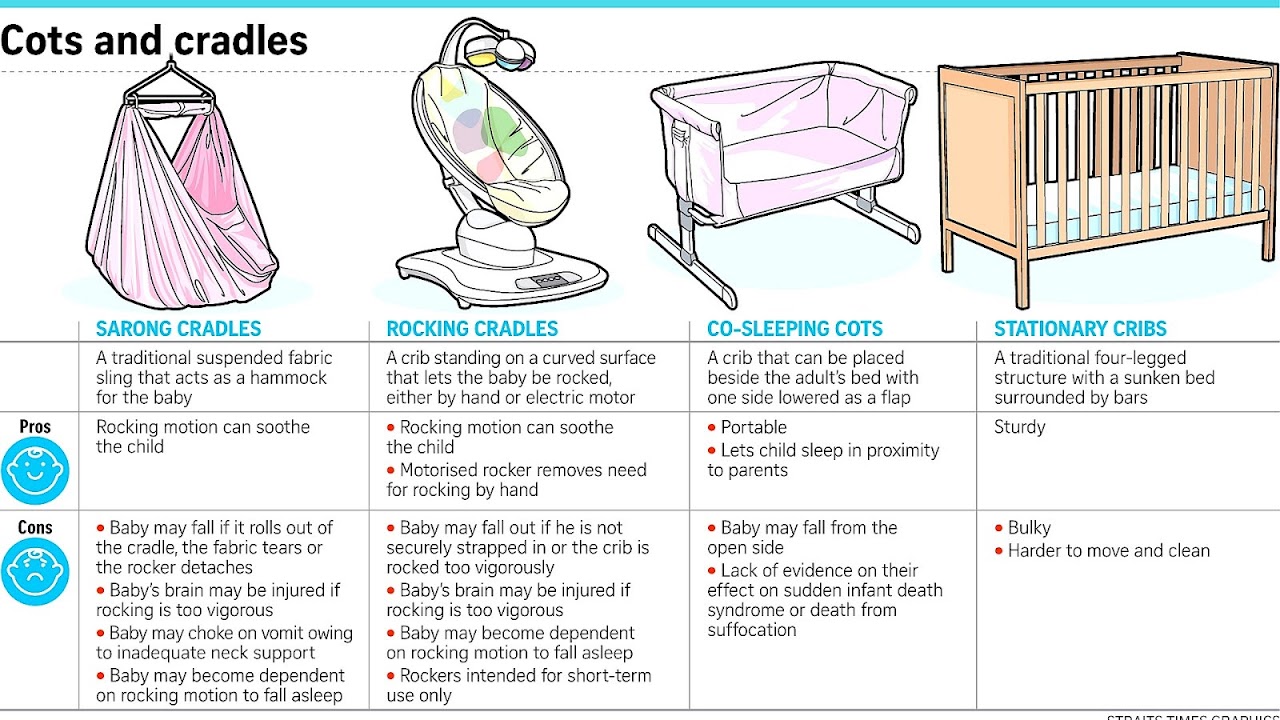
'Rock-a-bye Baby' is a nursery rhyme and lullaby. The melody is a variant of the English satirical ballad Lillibullero. It has a Roud Folk Song Index number of 2768.

Maps, Directions, and Place Reviews
Lyrics
The first printed version from Mother Goose's Melody (London, c. 1765), has the following lyrics:
The version from Songs for the Nursery (London, 1805), contains the wording:
Alternate Lyrics as shown in The Real Mother Goose published in 1916:
The most common version used today is:
The full versions lyrics are:
Rocking Your Baby To Sleep Video
Origins and development
Various theories exist to explain the origins of the rhyme.
One theory suggests the rhyme narrates a mother gently rocking her baby to sleep, as if the baby were riding the treetops during a breeze; then, when the mother lowers the baby to her crib, the song says "down will come baby."
Another identifies the rhyme as the first poem written on American soil, suggesting it dates from the 17th century and that it may have been written by an English immigrant who observed the way native-American women rocked their babies in birch-bark cradles, which were suspended from the branches of trees, allowing the wind to rock the baby to sleep. A difficulty with this theory is that the words appeared in print first in England c. 1765.
In Derbyshire, England, local legend has it that the song relates to a local character in the late 18th century, Betty Kenny (Kate Kenyon), who lived with her charcoal-burner husband, Luke, and their eight children in a huge yew tree in Shining Cliff Woods in the Derwent Valley, where a hollowed-out bough served as a cradle. However this "late 1700s" date is incompatible with the poem's appearance in print c. 1765.
Yet another theory has it that the lyrics, like the tune "Lilliburlero" it is sung to, refer to events immediately preceding the Glorious Revolution. The baby is supposed to be the son of James VII and II, who was widely believed to be someone else's child smuggled into the birthing room in order to provide a Roman Catholic heir for James. The "wind" may be that Protestant "wind" or force "blowing" or coming from the Netherlands bringing James' nephew and son-in-law William of Orange, who would eventually depose King James II in the revolution (the same "Protestant Wind" that had saved England from the Spanish Armada a century earlier). The "cradle" is the royal House of Stuart. The earliest recorded version of the words in print appeared with a footnote, "This may serve as a warning to the Proud and Ambitious, who climb so high that they generally fall at last", which may be read as supporting a satirical meaning. It would help to substantiate the suggestion of a specific political application for the words however if they and the 'Lilliburlero' tune could be shown to have been always associated.
Another possibility is that the words began as a "dandling" rhyme - one used while a baby is being swung about and sometimes tossed and caught. An early dandling rhyme is quoted in The Oxford Nursery Rhyme Book which has some similarity:

Publication
The words first appeared in print in Mother Goose's Melody (London, c. 1765), possibly published by John Newbery (1713-1767), and which was reprinted in Boston in 1785. Rock-a-bye as a phrase was first recorded in 1805 in Benjamin Tabart's Songs for the Nursery, (London, 1805).

Melody
It is unclear though whether these early rhymes were sung to either of the now-familiar tunes. At some time, however, the Lilliburlero-based tune and the 1796 lyric, with the word "Hush-a-bye" replaced by "Rock-a-bye", must have come together and achieved a new popularity. A possible reference to this re-emergence is in an advertisement in The Times newspaper in 1887 for a performance in London by a minstrel group featuring a "new" American song called 'Rock-a-bye':
"Moore and Burgess Minstrels, St James's-hall TODAY at 3, TONIGHT at 8, when the following new and charming songs will be sung...The great American song of ROCK-A-BYE..."
This minstrel song, whether substantially the same as the nursery rhymes quoted above or not, was clearly an instant hit: a later advertisement for the same company in the paper's October 13 edition promises that "The new and charming American ballad, called ROCK-A-BYE, which has achieved an extraordinary degree of popularity in all the cities of America will be SUNG at every performance."
If this is, in fact, the same song, then this implies that it was an American composition and already popular there. An article in the New York Times of August 1891 (p. 1) refers to the tune being played in a parade in Asbury Park, N.J. and clearly by this date the song was well established in America. Newspapers of the period, however, credit its composition to two separate persons, both resident in Boston: one is Effie Canning (later referred to as Mrs. Effie D. Canning Carlton and the other the composer Charles Dupee Blake.
Source of the article : Wikipedia


EmoticonEmoticon